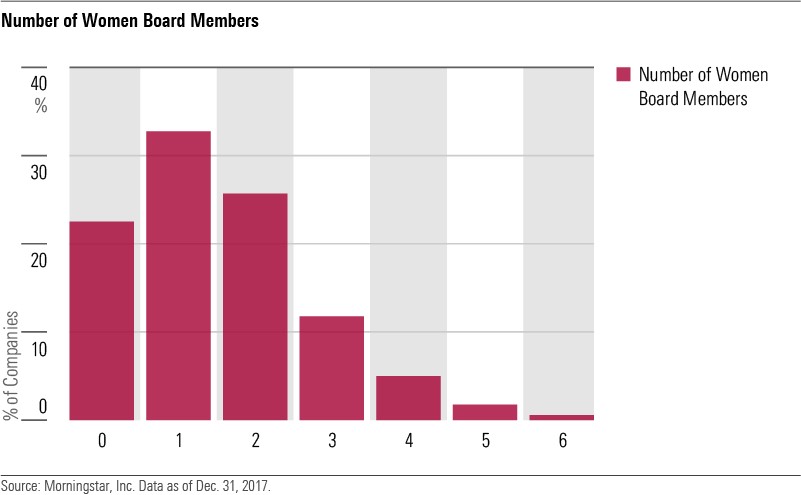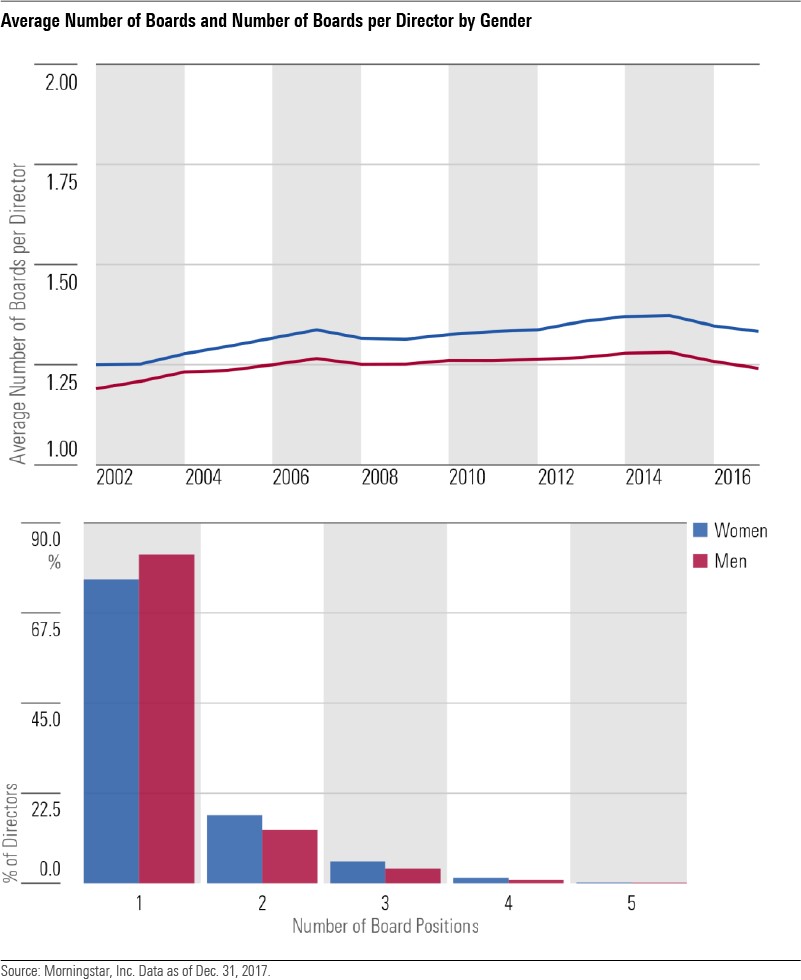Corporate Boards 105: The Progress Of Gender Diversification Of Corporate Boards
Gender diversity in the workplace continues to be an important topic for many - and for a good reason. Studies have shown that having a diverse workplace is a win-win for everyone: the organization, employees, customers, and the community. The vast majority of people see value in including more women and minorities in the workplace, and according to the Harvard Business Review, nearly 95% of directors agree that diversity brings unique perspectives to the boardroom, while 84% believe it enhances board performance.
There have been strides in the number of women occupying board seats. The Harvard Business Review indicates investors such as State Street Global Advisors and BlackRock have voted against the re-election of directors on all-male boards. In 2018, California passed a bill that requires public companies headquartered in the state to have at least one woman on their boards by 2019. By 2021, if a board has five directors, then two must be women; and three must be women if there are six or more directors.
This is, of course, great news and is on-trend as organizations continue to strive to become more and more diverse in their workforce. After all, increasing female representation on boards does not begin and end at the top; it starts within the workplace. Companies must be actively supporting women throughout their careers so that they can advance into senior roles. Boards cannot become more gender-diverse unless the available talent pool does, too.
Multiple news and data sources like Deloitte and Equilar find that women hold 25% of Fortune 100 board seats, while Equilar reports that women filled 35.9% of new board seats in 2018. A study by Morningstar illustrates similar findings. They found that the Russell 3000 corporate boards have become steadily more gender-diverse since 2010 (the Russell 3000 Index measures the performance of the largest 3,000 companies representing approximately 98% of the investable U.S. equity market).
Morningstar examined companies within the Russell 3000 and tallied the number of female directors. They found that nearly 20% of boards are considered gender diverse (defined as having three or more women on them). The chart below depicts Morningstar’s findings.

The data paint an encouraging picture of the progress on corporate boards, as more organizations have a woman who occupies a seat on a corporate board. However, there still is plenty of room for improvement. For example, small-cap companies are just reaching the level of board gender diversity that the S&P 500 was at a decade ago.
Despite the increase of female corporate board members, progress remains slow. The Harvard Business Review states that as of 2019, women hold just 24% of S&P 500 board seats, up only three percentage points since 2012, despite constituting 47% of the U.S. workforce and driving 70% to 80% of consumer spending everything from food and electronics to healthcare and financial services.
Although progress is slow, change can be swift. The bill California passed, will make it mandatory for companies headquartered in this state to fill some of their board seats with women. But then the question turns to, who are these women? Morningstar states there likely will be an increase in first-time female directors and boards tend to add women who are already directors of other boards. This is not a recent trend. In the past 15 years, the typical female director is on more boards than her male counterpart. The average female director is on boards at 1.3 companies, versus 1.2 for men.

Of women who sit on boards, 24% sit on more than one, as shown in the chart above. Comparatively, only 17.9% of men serve on multiple boards. While small, the finding is statistically significant and carries important implications. For instance, if increasing board gender diversity just means hiring the same women onto more boards, there is no net increase in diverse perspectives in the market for board leadership. Morningstar points out this is a simple explanation for this: corporate boards face an availability pool issue. Assuming corporate boards are sincere in their desire to increase gender diversity, female candidates meeting the traditional standards are a rare resource. Women make up only a fraction of public company senior management positions and existing board positions. As a result, corporate boards are selecting from the same, small population of female executives and existing board directors.
The last installment in my series on corporate boards will examine the diversity within diversity. That is, what is the progress of white women and women of color (Asians, African-Americans, and Latinas) in gaining corporate board positions.
The national nonprofit 2020 Women on Boards is dedicated to bringing awareness to gender diversity on corporate boards, and they are making significant strides in delivering their message. November 21, 2019, marks their 8th Annual National Conversation on Board Diversity, where sponsorship dollars raised from this event go toward education, advocacy, and research on giving women a larger voice and seat at the boardroom table. Come join us and learn more about the importance of gender diversity on corporate boards.
Christine Krause is a marketing team member for the 2020 Women on Boards 8th Annual Conversation on Board Diversity – Chicago. This series, Corporate Boards 101+, will highlight her experience and learnings as a newcomer to the important work of board diversity.
